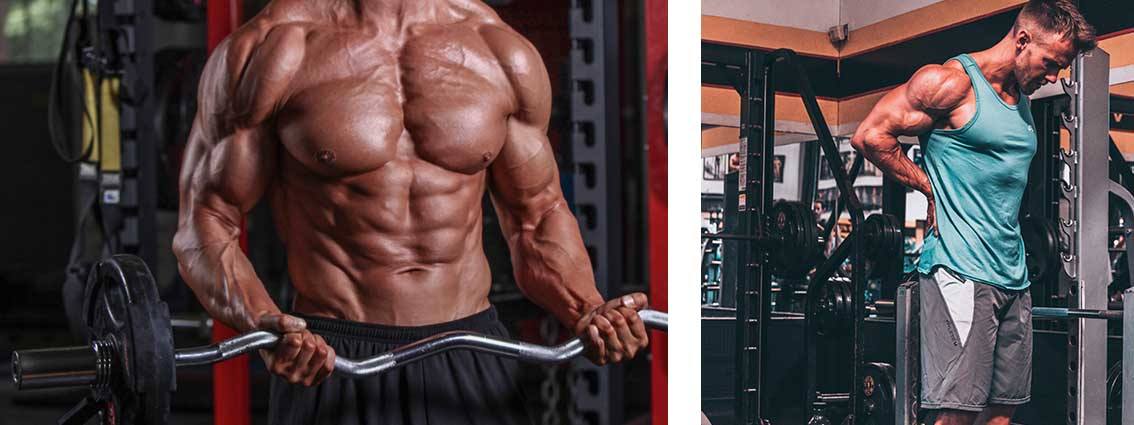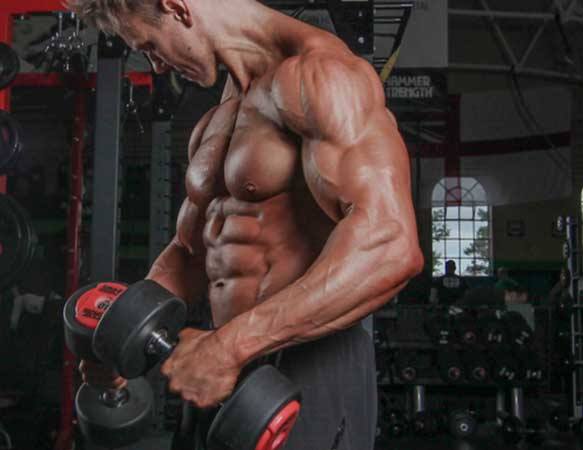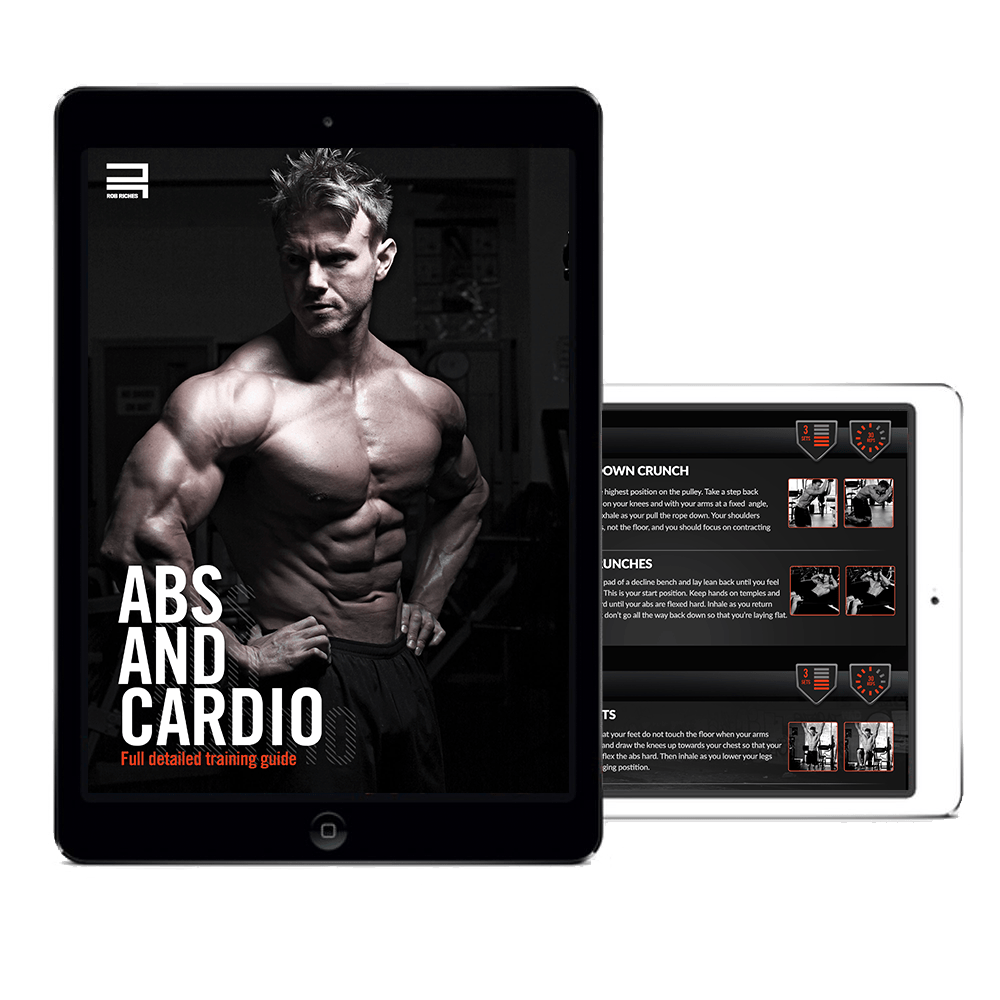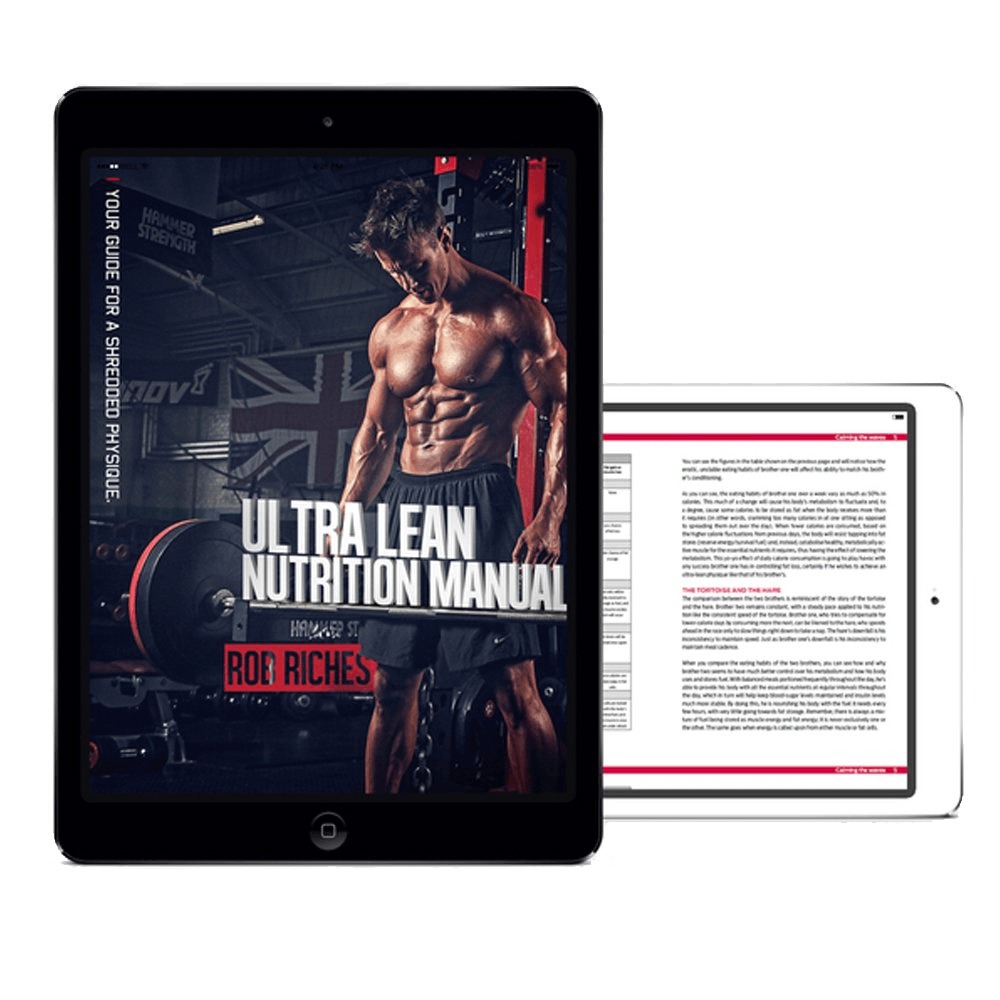Superset your biceps and forearms for a great pump and effective workout routine
June 15, 2018
How many times in the past week can you say you’ve committed 15-20 minutes to your forearms? Sure, they may not have the same alluring attractiveness as bicep training, but well developed forearms will make a huge difference to your overall physique. It’s worth investing the time into forearm training.
Look, I’ll be the first to admit that I didn’t care too much for forearm training in my early years. I was caught up in the magnetism of training my biceps to exhaustion, getting the fullness and peak that I has sought after since day one. Sure, I’d throw a few sets of wrist curls onto the end of my routine now and then, but they were never more than an afterthought to my training. It wasn’t until after my first year of competing that I truly saw the benefit of training and developing my forearms. This paradigm shift in how I viewed my training and goals resulted in a more complete, thicker, and harder physique on stage in my 2nd year of competing. All it can take is one spark to start about a monumental change and get you much closer towards achieving your goals than you ever have before. I hope that somewhere within my website that you will find that spark.

← Have You Seen This?
In need of an extra boost to your training? Check out my free Abs Guide, and Ultra Lean Nutrition Manual
One For Bicep, One For Forearm
One of the ways I found best to ensure I would fully commit to training my forearms was by super-setting them after a set of biceps. It was kind of like sweetening the palette before taking the medicine. By finishing a set of grueling bicep curls and then immediately proceeding to perform a set of wrist curls, I was not only devoting practically half my training time to my forearms, but I there were already primed and full of blood that I was experiencing an intense pump in my forearms and biceps immediately after just the first set.
By the end of the first working superset (shown in the program below), my entire arm looked and felt like it had been put through an entire workout. Towards the end of my routine, I was getting such a pump going in my arm, and flexing and posing it after every superset, that I was finding I couldn’t manage the same weight as I could if I was simply committed to training only the biceps – but I didn’t care. How my arms we’re looking, and the feeling I was getting from it, was far greater than the satisfaction of being able to move a fraction more weight.
Variation Is The Key
There may be times when you simply want to perform barbell curls until you can hardly lift the lightest of weights. This approach I’ve found to be a great shock to the muscles every now and then, but as far as a continued commitment towards progress, I find that a consistent approach towards a variation of angles, movements, and training methods, works best.
If you keep track of your workouts in a notebook (I say notebook as opposed to your phone, simply because I find it to be much more effective at flicking back between workouts and seeing exactly what your last weights and any shocking principles used may have been, allowing you to constantly use a different approach to continue pushing the arms to adapt and grow), you can also write notes as to how the movement and technique made you feel. Sometimes I’ll incorporate a drop-set at the end of an exercise and got such an intense pump that I wanted to be sure I did that again at the same point in the workout to see if it yielded the same result.

Alternate Workouts & Routines
Training the biceps and the forearms together really is a great pairing, but it’s not something I would do each and every week. Sometimes, I prefer training my biceps with my triceps, and sometimes with my back, and even at times, just on their own. The same goes for forearm training. They don’t always have to be trained with my biceps, and some of the best forearm workouts that I’ve had have been following a back or shoulder workout, and even after an intense calf workout, when I want to commit just to several ancillary muscle groups whilst giving my primary muscles a bit of an active recovery day.
My point is that that now that you’ve committed to including forearms at least once or twice a week within your training, you can start thinking about when and where you’re going to include them, and commit to training them with the same intensity and passion as you do other muscle groups. If you’re anything like me, you’ll quickly start to actually look forward to training them, and turning them into a strong, conversation-starter anytime someone see’s your arms.
Same Is Good, Different Is Better
At the end of the day, if we’re doing the same routines week after week, there’ll come a time when your body simply adapts to the continued stresses and will simply become more efficient at handling them. This means that you need to be aware of the workouts and training methods you’re using. You don’t need to be switching up your routine every single week, as a little structure and foundation in your routines can be a good thing. I look at changing no more than 1 or 2 exercises or making use of a few different shocking principles in each and every workout. Therefore, I’m never performing the exact same routine more than once, and I’m able to see which exercises I’m starting to become stagnant on.

Superset 1
BARBELL CURLS
4 sets of 15,12,10,8 reps
BARBELL WRIST CURLS
4 sets of 15,15,12,10 reps
Superset 2
SINGLE ARM PREACHER CURL
3 sets of 12,10,8 reps
OVERHAND GRIP EZ-BAR PREACHER CURL
3 sets of 15,15,12 reps
Superset 3
INCLINE BENCH DUMBBELL CURLS
STANDING DUMBBELL HAMMER CURLS
Both 3 sets of 15,12,12 reps
Superset 4
WRIST ROLLER WRIST CURL
3 sets. Each set to failure
SINGLE ARM OVERHAND GRIP CABLE CURL
3 sets of 15, 12, 12 reps

